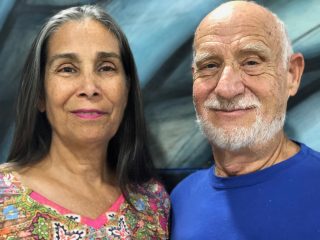Robert Stackhouse and I (Carol Mickett) are on our 20th day aboard the Falkor. One way we keep track of days is by how many ice cubes (made of ocean water) we and the crew have thrown into the ocean. The array of ice cube paintings is a type of map of our journey since each painting includes the latitude, longitude, and water temperature at the time (2pm ship time) the ice cube went into the water.
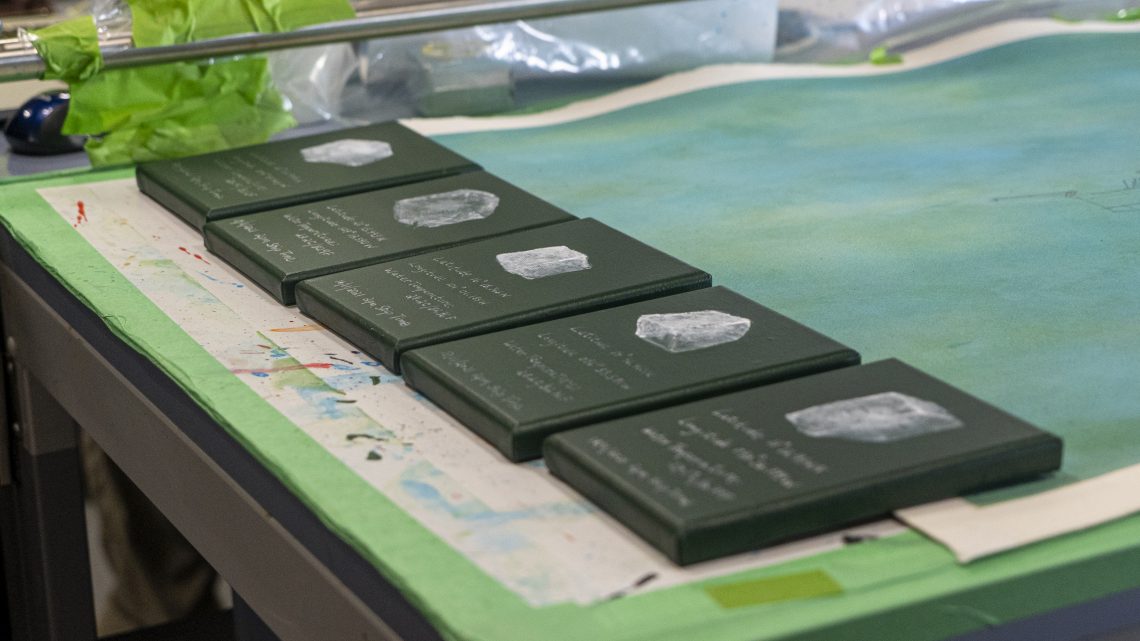
We have recruited a different crew member each day to be the cube-tosser. They have all eagerly agreed. Perhaps because it’s an art performance that’s about the warming of our ocean. The crew works on the Falkor not because they simply need a job but because they love the sea. They, in all their thoughtfulness, care about its well-being, and, with their experience and knowledge, they understand that the ocean is in grand need of care.
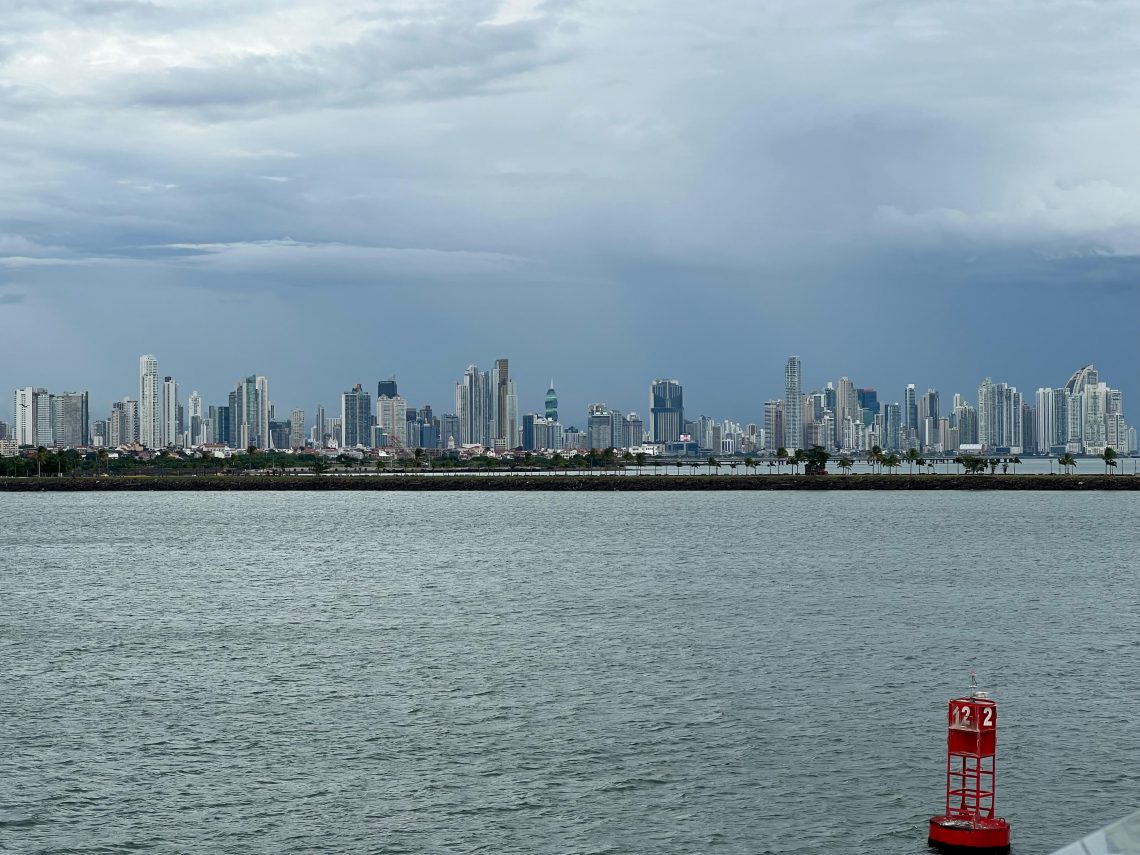
All of us on board were eager to go through the Panama Canal which we did on Wednesday, November 24, 2021. We started our journey into the Canal at approximately 4:30 pm and exited into the Caribbean Sea sometime around midnight. Robert and I were up on the Monkey Deck (top deck) until 9:45pm when we agreed it was too dark to really see anything. We were able to take many photos and here are a few.
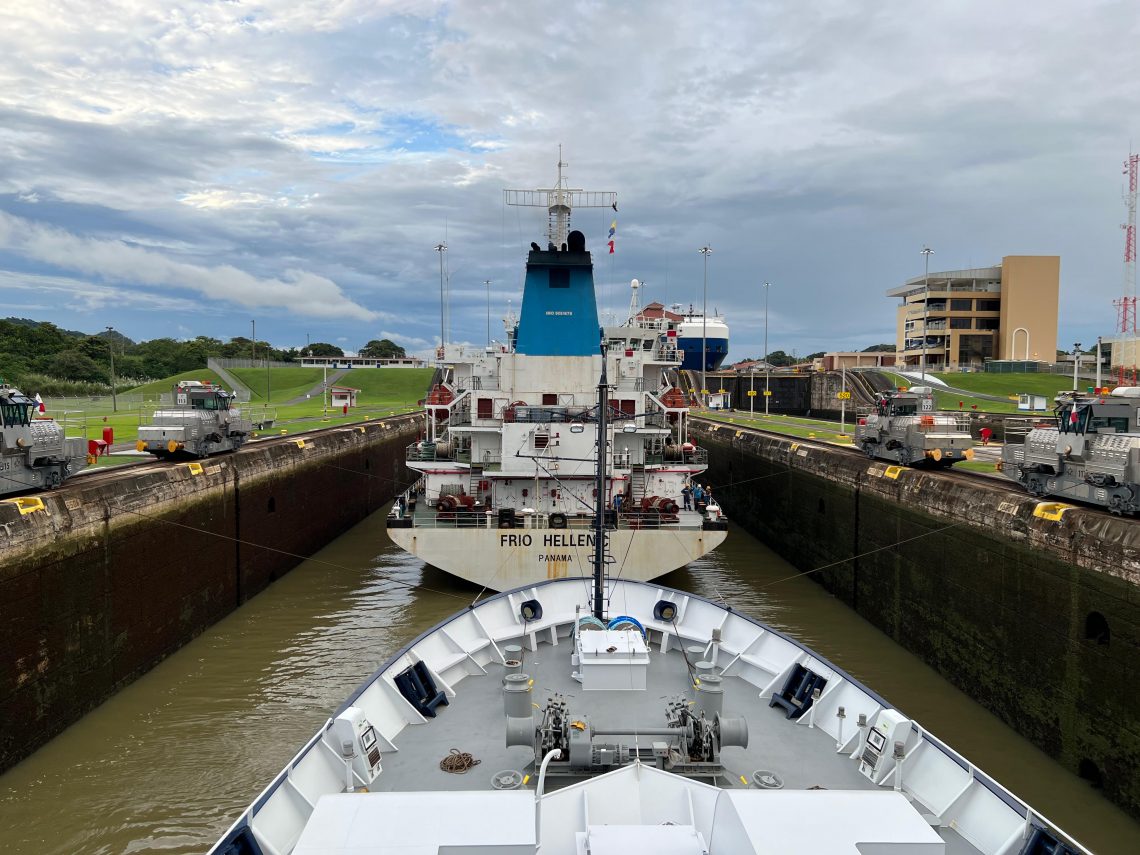
The engineering feat to create such passageways was clear to us. The majority of the ships that pass through the Canal are much larger than Falkor – so large that there is now a new canal that is able to accommodate the super-size vessels. Cargo and tanker ships abound.
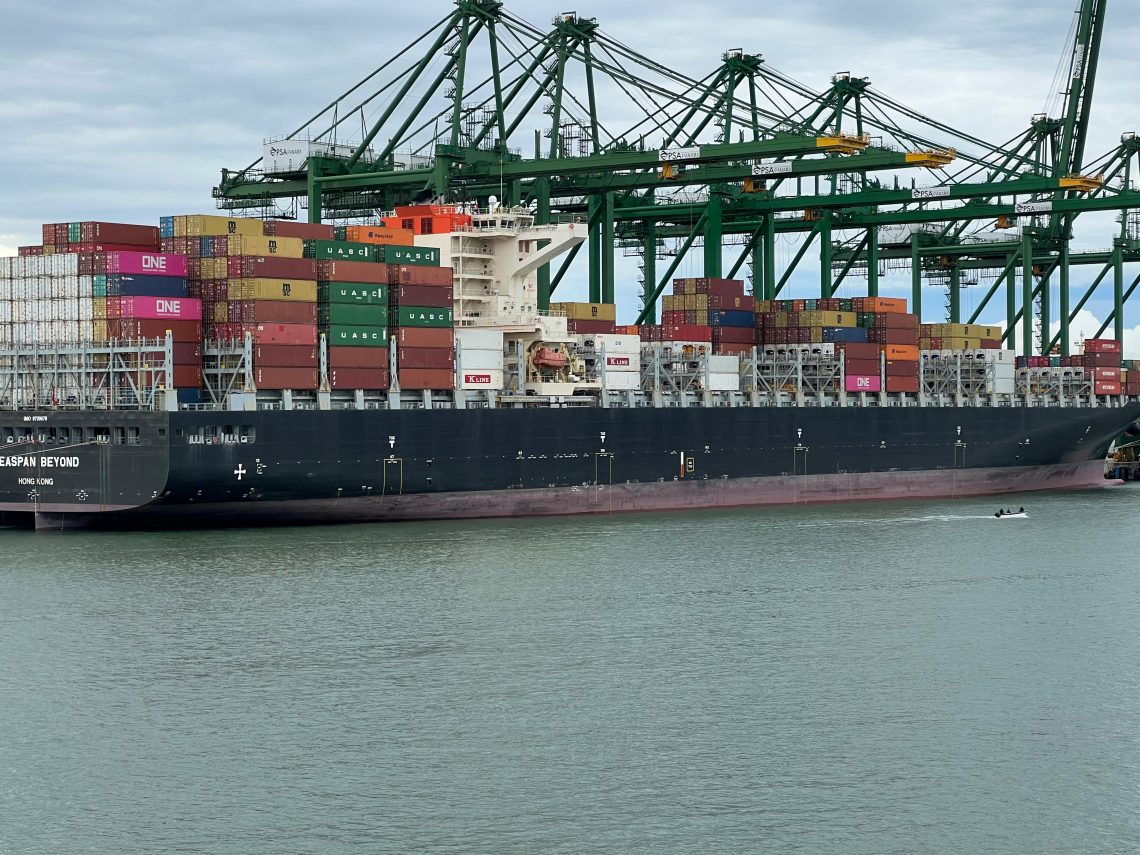
What really struck us, and others on board was how busy this area is, and what it would take to make our global shipping sector more sustainable. Can we build more ships that source alternative energy? Can we reduce consumption to decrease the need for daily containers? The cost of such a conversion is mind-boggling. And yet, in the grand scheme of things – such a change is necessary. We applaud all those who have started to make efforts towards this shift.
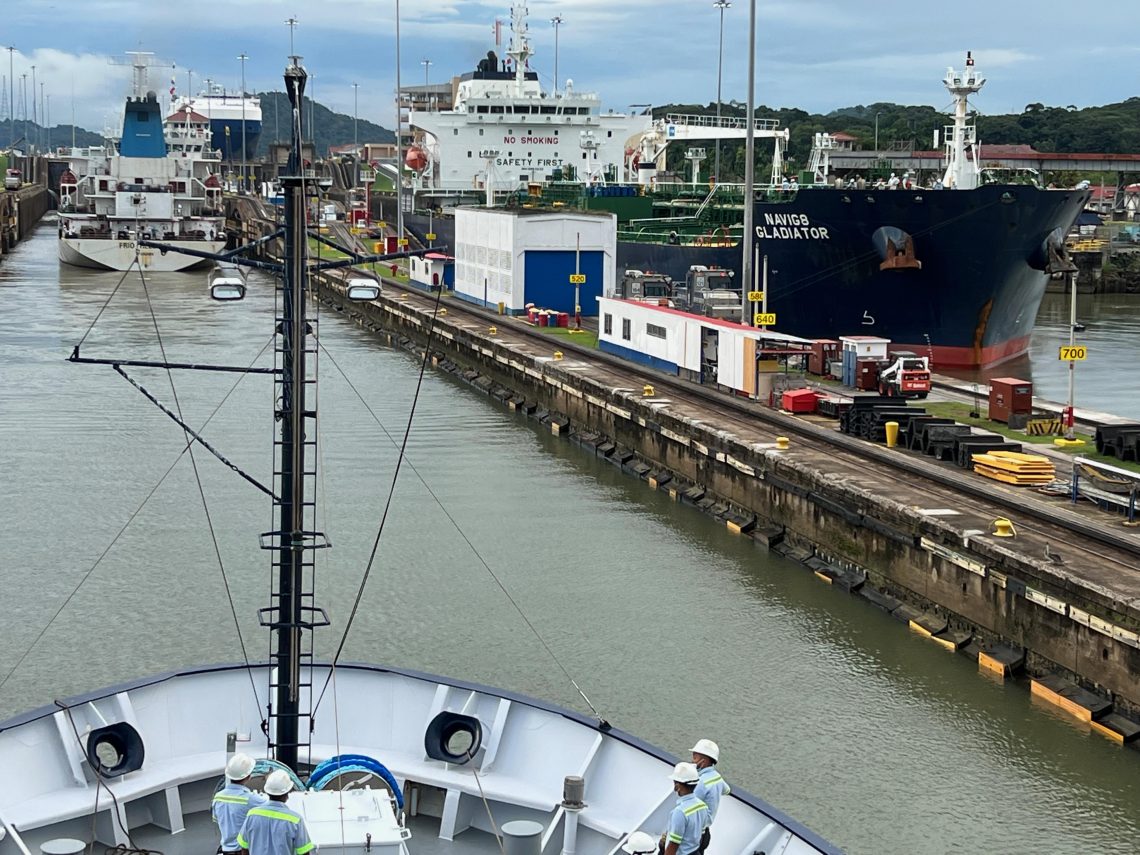
This journey on the Falkor has made us even more aware of the environmental needs of our planet. Being on the Ocean (Pacific, Caribbean, Atlantic) has reinforced how much of our planet is water. The ocean is huge. It influences the weather, the levels of CO2 in our atmosphere, and, hence, the warming of our planet, the quality of the air we breathe, the animals and vegetation both in and out of the water and so much more.
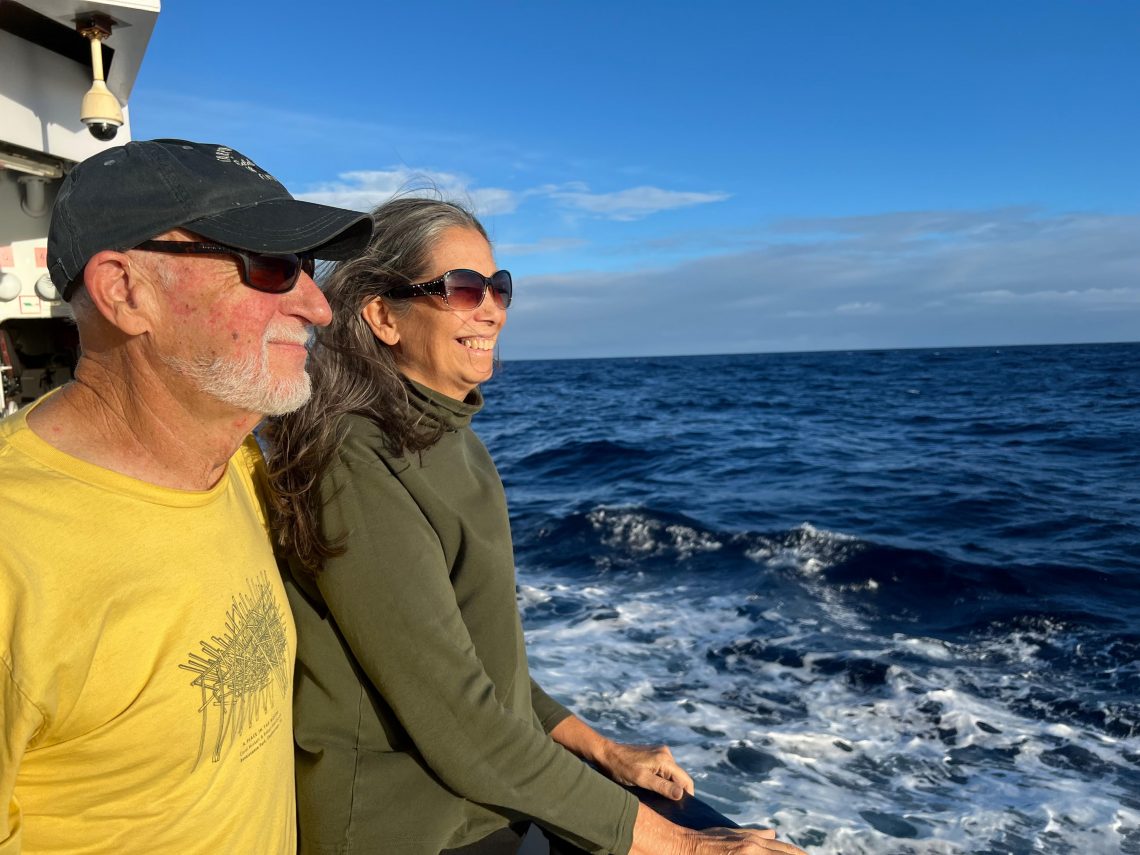
In addition, being on the ship with such an international crew (we are the only ones from the USA) has given us a broader perspective on the global environment. Listening to stories about Kenya and its forests with wild food growing and policies to protect its wild animals or about Costa Rica’s bounty of fruits and policies to protect the environment has gotten us to focus on the over-development we see at home in the USA. We shall be even more active in the effort to save green space, plant more trees, and honor the ocean.
